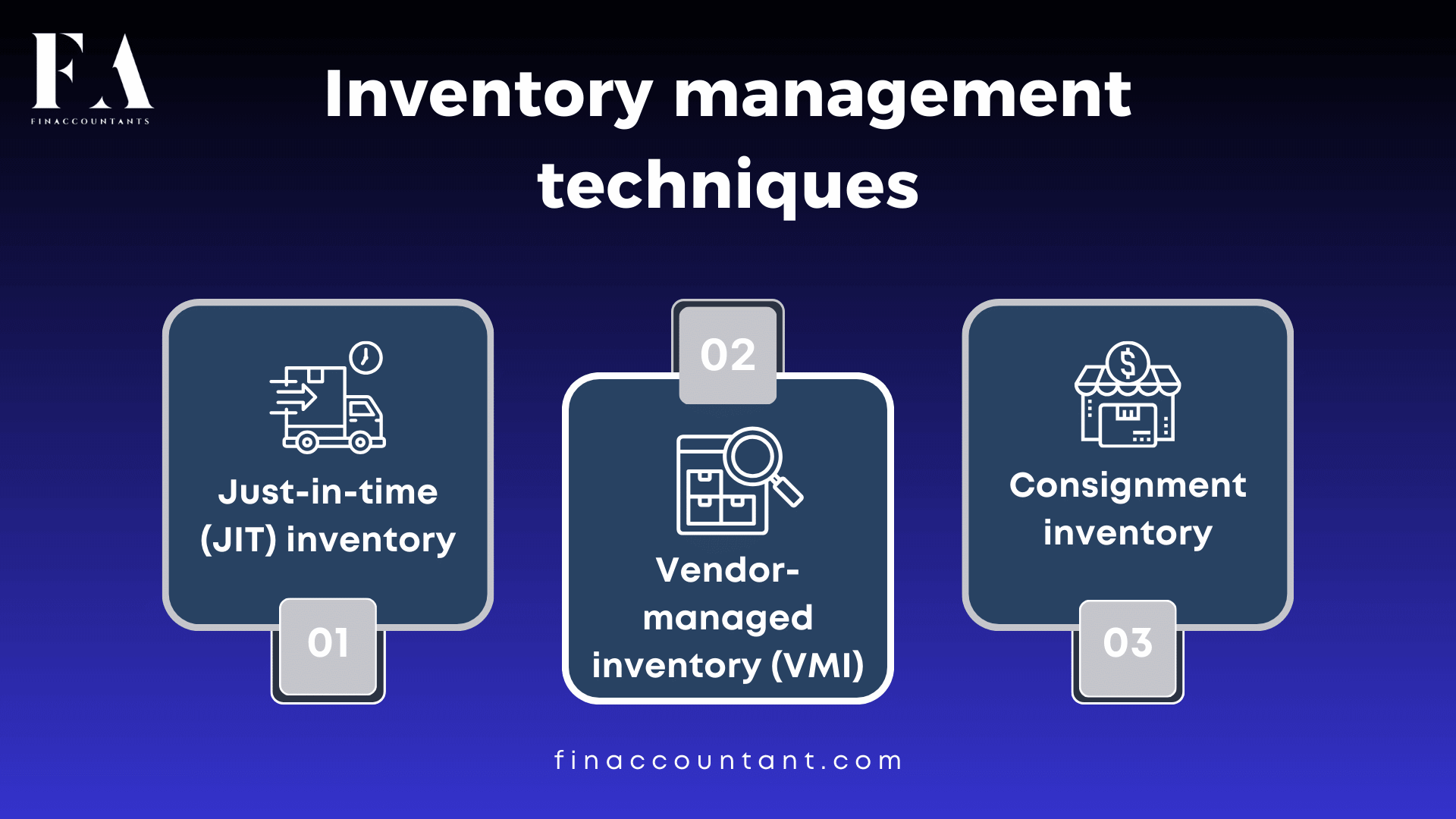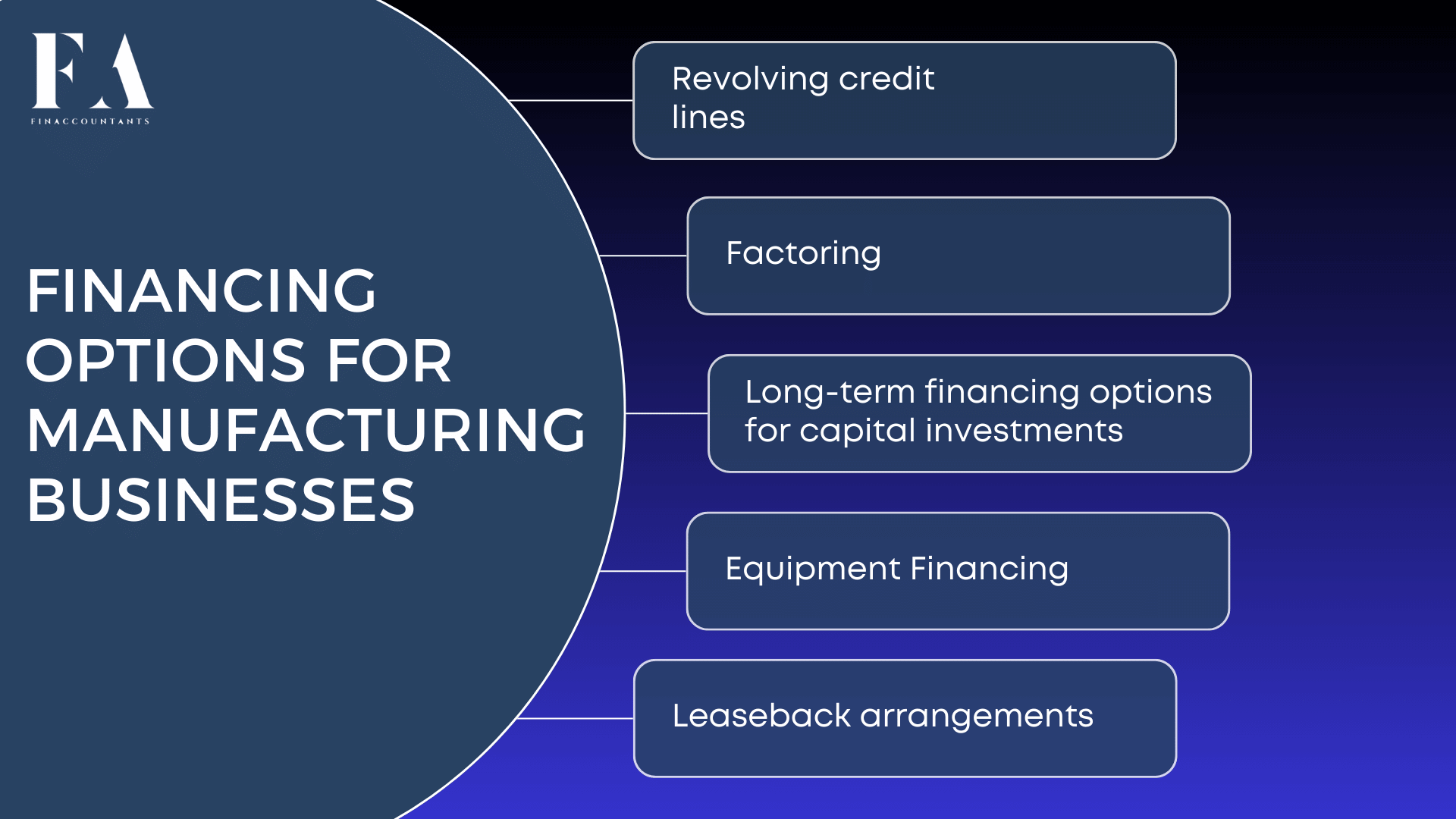As the backbone of any successful manufacturing business, efficient cash flow and optimised working capital management are crucial for long-term sustainability and growth. In this article, we will explore its importance along with the challenges and opportunities it presents.
Understanding Cash Flow in Manufacturing
- The concept of cash flow in the manufacturing sector:
Cash flow refers to the movement of money within a company, consisting of incoming and outgoing funds. It involves the careful management and monitoring of cash inflows from sales and revenue and outflows from various expenses, thereby ensuring an uninterrupted flow of liquidity. - Key cash flow drivers and their impacts:
Several factors influence the cash flow dynamics in manufacturing. These include sales and revenue forecasting, inventory management, production cycle optimisation, and vendor and customer payment terms. Each of these drivers directly affects a company’s cash flow position and should be carefully analysed and managed to maintain a healthy financial position. - Sales and revenue forecasting:
Accurate sales and revenue forecasting is vital for effective cash flow management. Manufacturers can project future sales and anticipate potential cash flow gaps or surpluses by analysing historical data, market trends, and customer demand. This enables proactive decision-making and the implementation of suitable strategies to maintain a steady cash flow. - Inventory management:
Efficient inventory management is crucial for optimising cash flow in the manufacturing sector. By striking the right balance between maintaining adequate stock levels and minimising excess inventory, manufacturers can reduce holding costs, free up working capital, and minimise the risk of stock obsolescence or write-offs. - Production cycle optimisation:
Streamlining the production cycle and minimising lead times are significant for maintaining a healthy cash flow. By identifying bottlenecks and inefficiencies within the production process, manufacturers can implement lean manufacturing principles, such as value stream mapping and waste reduction strategies, to improve operational efficiency, reduce costs, and accelerate cash flow. - Vendor and customer payment terms:
Streamlining the production cycle and minimising lead times is vital for maintaining a healthy cash flow. By identifying bottlenecks and inefficiencies within the production process, manufacturers can implement lean manufacturing principles, such as value stream mapping and waste reduction strategies, to improve operational efficiency, reduce costs, and accelerate cash flow.
Effective Working Capital Management Strategies
- Defining working capital and its significance: Working capital represents the difference between a manufacturing company’s current assets (such as cash, inventory, and accounts receivable) and current liabilities (such as accounts payable and short-term debt). It serves as a measure of a company’s operational liquidity and overall financial health.
- Inventory management techniques to reduce working capital: Managing inventory efficiently minimises working capital requirements. Three fundamental techniques include:

- Just-in-time (JIT) inventory: JIT inventory is a strategy that involves minimising inventories by ordering raw materials and components only when needed in the production process. By synchronising production and material flow, manufacturers can reduce carrying costs, free up cash tied up in excess inventory, and improve cash flow.
- Vendor-managed inventory (VMI): Manufacturers hand over inventory management responsibilities to their suppliers through VMI. Suppliers monitor stock levels in real time and deliver or replenish supplies whenever needed. This collaborative approach helps reduce inventory costs, optimise stock levels, and enhance cash flow.
- Consignment inventory: Consignment inventory allows manufacturers to store their products at the customer’s location until they are sold. This arrangement transfers the burden of inventory ownership to the customer, reducing the manufacturer’s working capital requirements.
- Streamlining Accounts Receivable Processes to Accelerate Cash Flow: Efficient accounts receivable management is vital to ensure optimal cash flow. Implementing the following strategies can improve collections and accelerate cash inflows:
- Invoice optimisation:
Well-crafted and clear invoices can expedite payments. Including detailed information about the products or services provided, payment terms, and contact information reduces confusion and encourages prompt payment. - Early payment incentives:
Offering discounts or other incentives to customers who make early payments can help accelerate cash inflows. These discounts can be structured based on the payment timeframe, encouraging customers to settle invoices promptly. - Smart accounts payable management to improve working capital:
Managing accounts payable efficiently is crucial for optimising working capital. Manufacturers can improve cash flow and maintain positive supplier relationships by implementing the following strategies. - Negotiating payment terms with vendors:
Engaging in constructive negotiations with vendors to extend payment terms can provide manufacturers with additional breathing space to manage their cash flow effectively - Implementing electronic payment systems:
Adopting electronic payment systems streamlines accounts payable processes and reduces payment cycles. Automated payment systems enable timely payments, qualifying businesses for early payment discounts. - Leveraging supplier discounts:
Supplier discounts for early or timely payments can help manufacturers reduce costs and lower overall working capital requirements.
- Invoice optimisation:
Cash Flow Planning and Forecasting
- Importance of accurate cash flow forecasting: Accurate cash flow forecasting is critical for manufacturers to anticipate, plan, and bridge potential cash flow gaps. By incorporating historical data, sales forecasts, and operating expenses, businesses can prepare for future liquidity needs and make informed financial decisions.
- Creating a cash flow budget: Developing a cash flow budget or projection helps manufacturers gain a comprehensive overview of their future cash flow position. By capturing all expected inflows and outflows, businesses can identify potential shortfalls or surpluses and implement appropriate measures.
- Analysing cash flow patterns and identifying potential gaps: Regular analysis of cash flow patterns enables manufacturers to identify trends, potential gaps, or areas for improvement. By closely monitoring cash flow, businesses can proactively address any issues before they become significant financial hurdles.
- Utilising technology for real-time cash flow tracking: Leveraging cash flow management software and tools gives manufacturers real-time visibility into their financial health. Such tools enable businesses to monitor cash flow, analyse data, and make actionable decisions promptly.
Optimizing Production Processes for Cash Flow
- Identifying bottlenecks and inefficiencies in production:
Identifying bottlenecks and inefficiencies within the production process is crucial for maximising cash flow in manufacturing. Manufacturers can target areas that hinder productivity, reduce costs, and optimise cash flow by conducting thorough analyses and using techniques such as value stream mapping. - Implementing lean manufacturing principles:
Adopting lean manufacturing principles helps eliminate waste and inefficiencies. Techniques such as Kaizen events, 5S methodology, the 5S pillars, Sort, Set in Order, Shine, Standardize, and Sustain and standardised work processes enable manufacturers to streamline operations, improve productivity, and enhance cash flow. - Value stream mapping:
Value stream mapping visually represents the production flow, allowing manufacturers to identify non-value-added activities and streamline processes. Businesses can reduce costs and improve cash flow by eliminating waste and optimising the value stream. - Waste reduction strategies:
Implementing waste reduction strategies, such as lean manufacturing practices and continuous improvement initiatives, can significantly impact cash flow. Manufacturers can reduce costs by eliminating waste, optimising resource allocation, and improving operational efficiency. - Continuous improvement initiatives:
Implementing a culture of continuous improvement fosters innovation and increases operational efficiency. By encouraging employees to identify and implement process enhancements, manufacturers can reduce costs, optimise cash flow, and maintain a competitive edge. - Right-sizing production capacity to match demand:
Implementing a culture of continuous improvement fosters innovation and increases operational efficiency. By encouraging employees to identify and implement process enhancements, manufacturers can reduce costs, optimise cash flow, and maintain a competitive edge
Financing Options for Manufacturing Businesses
Short-term financing solutions to bridge cash flow gaps
Seasonal fluctuations or unexpected expenses may create temporary cash flow gaps. Manufacturers can bridge these gaps by utilising short-term financing options, such as

- Revolving credit lines
Revolving credit lines provide manufacturers with access to funds on an as-needed basis.
These flexible arrangements allow businesses to borrow and repay as cash flow needs fluctuate, providing agility and liquidity. - Factoring
Factoring allows manufacturers to sell their accounts receivable to a third party (factor) at a discount in exchange for immediate cash. This accelerates cash inflow and assists in overcoming short-term cash flow obstacles. - Long-term financing options for capital investments
Manufacturers often require long-term financing options for capital investments to support growth and improve competitiveness. Some viable options include - Equipment Financing
Manufacturers often require long-term financing options for capital investments to support growth and improve competitiveness. Some viable options include - Leaseback arrangements
Leaseback arrangements involve selling business assets to a leasing company and leasing them back. This provides manufacturers with an influx of cash while retaining the use of essential assets, enabling working capital optimization.
Risk Mitigation and Cash Flow Protection
- Assessing and managing the risks associated with cash flow
Manufacturers must identify and mitigate potential risks that could impact their cash flow. Strategies to consider include - Diversifying customer base and markets
Relying heavily on a single customer or market segment creates significant cash flow vulnerability. Diversifying the customer base and exploring new markets helps minimise the risk of revenue disruption and enhances overall cash flow stability. - Building strategic relationships with key suppliers
Relying heavily on a single customer or market segment creates significant cash flow vulnerability. Diversifying the customer base and exploring new markets helps minimise the risk of revenue disruption and enhances overall cash flow stability. - Developing contingency plans for unexpected disruptions
Preparing contingency plans for unexpected disruptions, such as natural disasters or supply chain disruptions, is crucial for cash flow protection. Having backup suppliers, establishing business interruption insurance, and implementing risk management strategies help mitigate potential cash flow risks.
Embracing Technology for Effective Cash Flow Management
- Cash flow management software and tools
Preparing contingency plans for unexpected disruptions, such as natural disasters or supply chain disruptions, is crucial for cash flow protection. Having backup suppliers, establishing business interruption insurance, and implementing risk management strategies help mitigate potential cash flow risks. - Automation and streamlining of financial processes
Automating financial processes, such as invoicing, payment collection, and financial reporting, eliminates manual errors, reduces processing time, and improves overall operational efficiency. Manufacturers can save time, reduce costs, and increase cash flow accuracy by streamlining financial workflows. - Integrating systems for improved visibility and control
Integrating financial systems, such as cash flow management software and enterprise resource planning (ERP) platforms, provides manufacturers with a centralised and holistic view of their financial health. Real-time data integration allows for better decision-making, enhances cash flow management, and improves overall operational effectiveness.
Measuring and Evaluating Cash Flow Performance
- Key performance indicators (KPIs) for cash flow management
Measuring and monitoring cash flow performance is essential for effective leadership. Key performance indicators for cash flow include - Cash conversion cycle (CCC)
CCC measures the time it takes for cash to flow from inventory to receivables to cash in hand. Reducing the CCC improves cash flow efficiency and indicates efficient working capital management. - Current ratio
The current ratio calculates a manufacturer’s ability to meet short-term obligations by comparing existing assets to current liabilities. A healthy current balance ensures adequate liquidity and indicates effective cash flow management. - Analysing financial statements and metrics
Regular analysis of financial statements, such as balance sheets, income statements, and cash flow statements, helps manufacturers identify trends, assess their financial performance, and identify areas for improvement. By closely monitoring financial metrics, businesses can take timely actions to optimise cash flow. - Benchmarking industry standards and best practices
Regular analysis of financial statements, such as balance sheets, income statements, and cash flow statements, helps manufacturers identify trends, assess their financial performance, and identify areas for improvement. By closely monitoring financial metrics, businesses can take timely actions to optimise cash flow.
Conclusion:
In conclusion, the strategic management of cash flow and working capital is undeniably the lifeblood of any thriving manufacturing business. By delving into the various facets outlined in this comprehensive guide, manufacturers can unlock the potential for greater financial stability and sustainable growth. As we navigate the intricacies of the manufacturing sector, it becomes evident that the mastery of cash flow dynamics, prudent working capital management, and proactive risk mitigation are the linchpins of long-term success. So, as you embark on your journey to optimize cash flow, remember that a well-executed cash flow strategy can be your compass in the dynamic seas of manufacturing, guiding you toward resilience and prosperity.


Leave a Reply